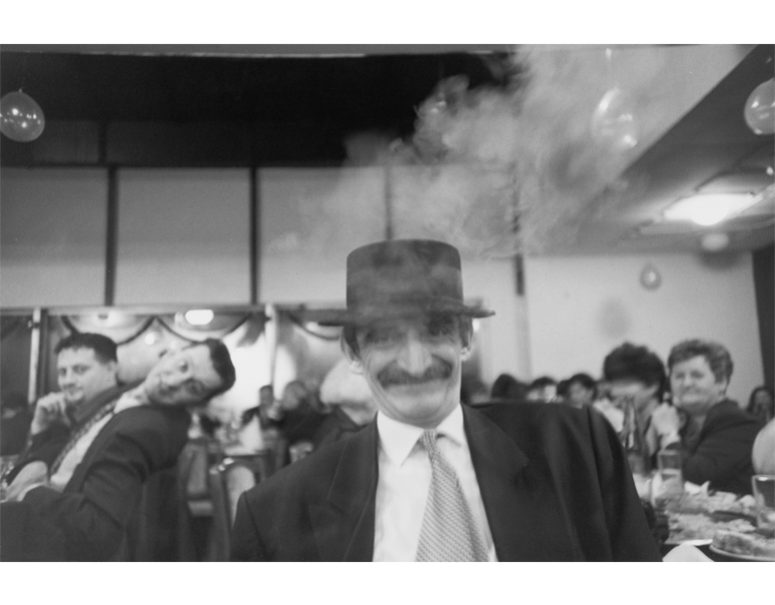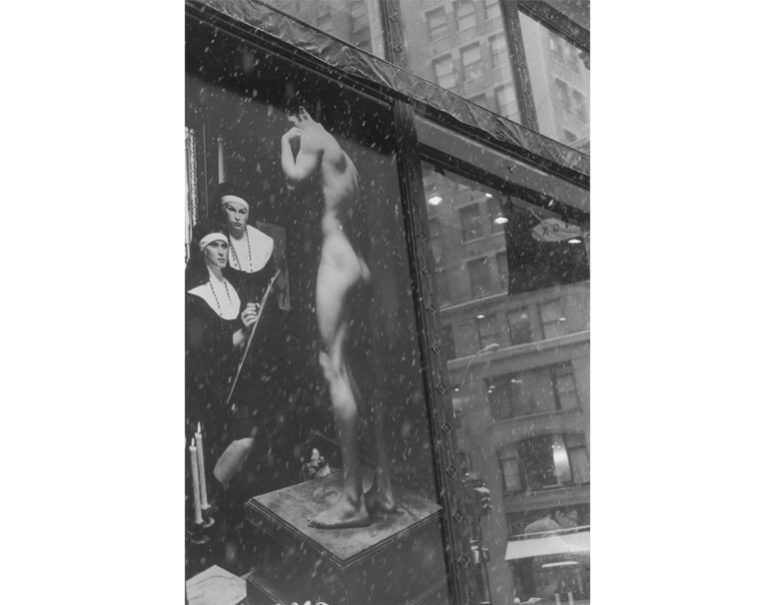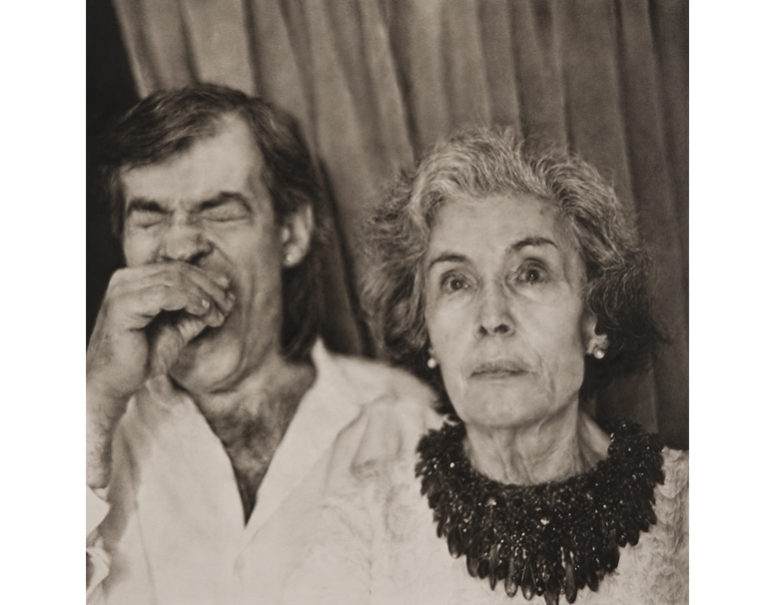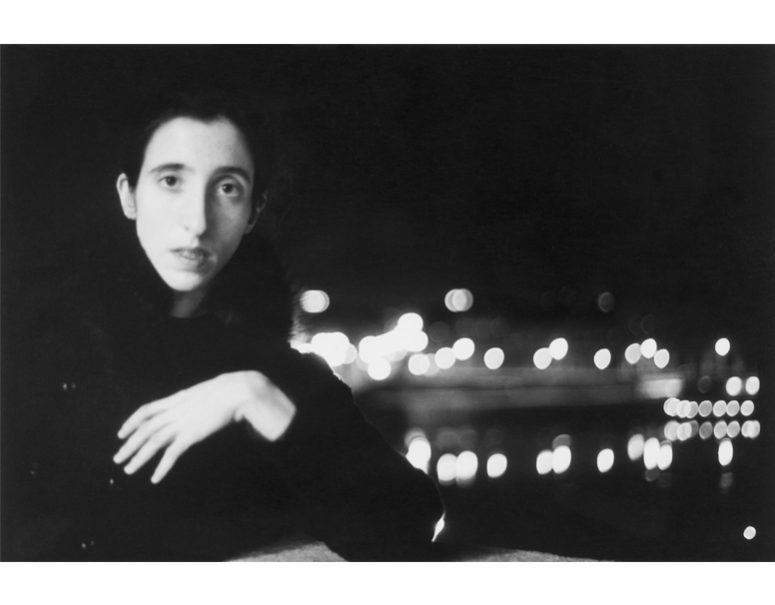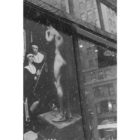The painter Nina Mushinsky finds and photographs her images in outlandish settings and turns them into paintings in her intimate studio, paintings which impose a sense of displacement. Mushinsky shows a remarkable concentration that combines real experience with visual illusion. She is working along the edges of reality by using both modern technology¾photography—and traditional painting. Her unearthly grisaille is situated between these two media. In Mushinsky’s work, there is a relationship between technical, impersonal methods and gentle sensitivity. Mushinsky’s pictures might apply to such issues as appropriation of already existing images, hybridization, and the mixing of genres. In photography, the moment is immortalized, with the assumption that it is preserved for eternity. Paintings, however, are not tied to the instant, but are “timeless.” Mushinsky’s paintings, as well as her photographs, show both sides of the story. Mushinsky takes a picture, then takes sometimes years to print it. And then she sets the print aside before she paints it mostly from memory. The memory of a memory of a memory, that is how one could describe her painting. There is nothing instant in Mushinsky’s photographs except perhaps her sleight of hand. Three decades of photographing what she may eventually end up painting thought Mushinsky to sneak in advance the final result into the original picture. The premonition of a memory of a memory of a memory, that is how one could describe her photography.
The photographer Nina Mushinsky paints ensconced in her studio for days on end; by the time she goes outside with her camera her eyes are practically starved-out. She photographs whatever catches her hungry eyes, but what catches her hungry eyes are usually subjects that are endowed by nature or time with the worn patina of her household objects. While photography is known to fix a point in time, painting is expected to expand it and make the moment unfold forever. In her work, Mushinsky upends preconceptions. For her, time, besides being a factor and a dimension, is also the mandatory theme. It usually takes Mushinsky a year to finish a painting. It used to take two years. Before computer printing was invented, she kept painstakingly placing gray dot next to gray dot to cover her canvases, her hand being the paint-dispersing implement in what is essentially an anthropomorphized inkjet process. Since technology had caught up with her, Mushinsky’s painting technique turned painterly. There is nothing in her brushstroke that an “old master” would not recognize, and there is much that an “old master” approvingly would. On the other hand, while it may take Mushinsky a single click to capture an instant, every photograph that leaves her darkroom bears witness to the inescapable fact of universal decay. There is not much for a “classic” photographer to recognize, each picture being a snapshot of Dorian Gray.

